Accumulator tank
Giá gốc là: 2.000.000 ₫.1.000.000 ₫Giá hiện tại là: 1.000.000 ₫.
Cập nhật lần cuối ngày 12/08/2025 lúc 05:05 chiều
What is an accumulator tank?
A hydraulic accumulator tank is a vessel that performs multiple tasks within a hydraulic system. They are used to maintain pressure, store and recover energy, reduce pressure peaks, suspend power frame systems, and dampen vibrations, oscillations, and pulses.
Under gas pressure, the accumulator stores a volume of liquid that can be supplied back into the hydraulic system when needed. With increasing pressure in the hydraulic system, the hydraulic accumulator collects pressurized fluid. As a result, the gas is compressed. If the pressure decreases, the compressed gas expands and forces the stored fluid back into the hydraulic circuit.

See more Yuken hydraulic pressure control valve
Functions of hydraulic accumulator tank
The accumulator tank is a storage device in the hydraulic circuit. It is the hydraulic equivalent of a capacitor in an electrical circuit. The two most common types of accumulators are bladder-type accumulators and piston-type accumulators. The bladder accumulator (Figure 1) is simply a rubber ball that separates the hydraulic oil from dry nitrogen. Dry nitrogen is used to precharge the bladder to a predetermined level. The precharge pressure of nitrogen is typically one-half to two-thirds of the maximum pressure in the system.
When the pump is switched on, nitrogen is compressed to the maximum pressure in the system. The setting on the pump compensator spring will determine the maximum pressure when the compensator pump is in use. The pressure control relief valve setting in the pump circuit is fixed.
In Figure 2, the bladder accumulator has been pressurized to 2,000 pounds per square inch (psi).
The piston in the piston-type accumulator (Figure 3) separates nitrogen from the hydraulic oil. As oil is introduced into the accumulator, the piston rises until it reaches the maximum pressure. At that point, the hydraulic pressure and the nitrogen pressure are equal.
When the pump is turned off, the liquid under pressure in the accumulator must be discharged back to the reservoir. This is accomplished by an automatic or manual discharge valve. If the pressurized fluid is not allowed to flow back to the reservoir through the relief valve, the accumulator will remain pressurized.

Operating Principle of Pressure Accumulator
The typical hydraulic accumulator contains hydraulic fluid and uses compressed gas to store hydraulic pressure. When the fluid flows into the accumulator, the gas inside is compressed to store the fluid in the form of “energized fluid.”
To use the device, the gas volume is precharged, leading to its expansion. When this happens, the gas will fill most of the hydraulic accumulator, leaving only a small amount of fluid inside. When the hydraulic pump is operated, the system pressure increases, forcing the fluid into the accumulator. As the fluid pressure exceeds the precharge pressure, the gas volume will be compressed, creating a reserve energy source.
When the system and gas pressure reach equilibrium, the flexible barrier inside the pump—usually a piston or rubber diaphragm—stops moving. At that moment, the charging cycle will restart. For example, when there is a demand from the system due to the movement of the drive mechanism downwards, the pressure in the hydraulic system decreases, and the accumulator releases the stored pressure fluid into the circuit.
Classification of Some Current Pressure Accumulators
For hydraulic pressure accumulators, the classification of products can be based on manufacturing materials, operating principles, and product structures. However, regardless of the approach, hydraulic accumulators only have three main products, which are as follows:
Gas-charged Pressure Accumulator
Many pressure accumulators use a rubber bladder to separate gas and fluid. A poppet valve at the discharge port prevents the bladder from passing through the port when the pump is off. The original design, still offered by many manufacturers, is the bottom repair style (displayed on the top left). The top repair style (on the right) facilitates easier bladder replacement in certain cases.

Spring-loaded Pressure Accumulator
The spring-loaded piston accumulator is similar to the hydraulic piston accumulator, except for a spring that pushes the piston against the fluid. Its main advantage is the absence of gas leakage. One main drawback is that this design is not suitable for high pressure and large volume.

Some Notes on Maintaining Hydraulic Pressure Accumulators
When charging the gas side of the bladder or diaphragm accumulator, nitrogen gas must always be charged very slowly. If high-pressure nitrogen rapidly expands upon entering the bladder, it can cool the high molecular weight materials of the bladder to the point of immediate failure. Rapid precharging can also compress the bladder against the oil end cap, causing it to be cut. If the precharge pressure is too high or the system pressure is minimized without reducing the corresponding precharge pressure, the operation of the accumulator will be affected and can lead to damage.
Overcharging the bladder with excessive fluid can push the bladder into the suction port assembly during discharge, causing damage to the port assembly and/or bladder. This is a common cause of bladder failure.
Undercharging or not precharging at all can also have serious consequences for the fluid in the bladder. It can lead to the bladder being pressurized by the system pressure against the upper part of the shell. This can cause the bladder to be forced out or puncture the gas valve. In this case, just one such cycle is enough to destroy the bladder.
Similarly, overcharging or undercharging the piston accumulator can cause the piston to bottom out at the end of the stroke, leading to piston and seal ring damage. The good news is that if this happens, an audible warning will be triggered. While piston accumulators can be damaged by improper charging, they are much more tolerant compared to bladder accumulators.
Continue reading Parker hydraulic oil tank cap
Chưa có bình luận nào

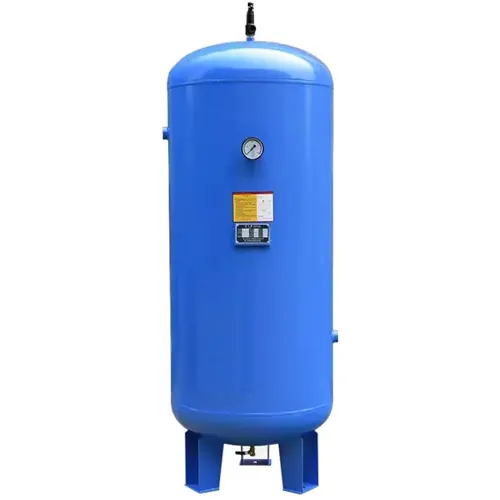
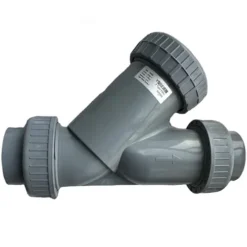
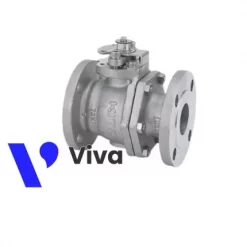
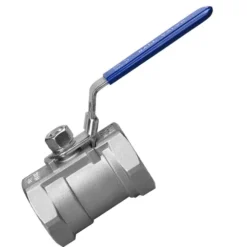
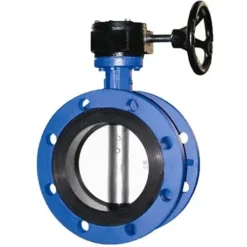

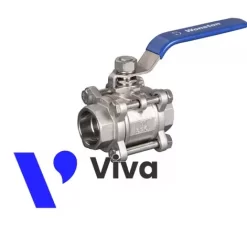
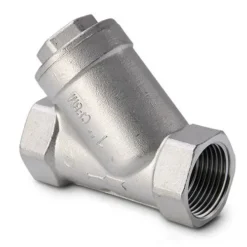
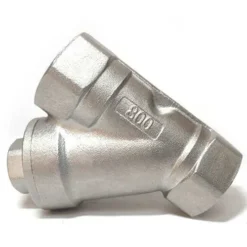
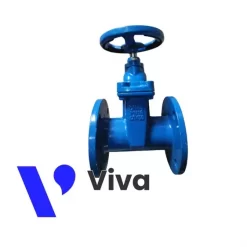
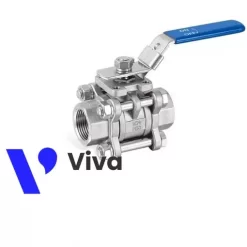
Đánh giá Accumulator tank
Chưa có đánh giá nào.